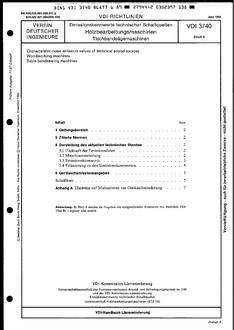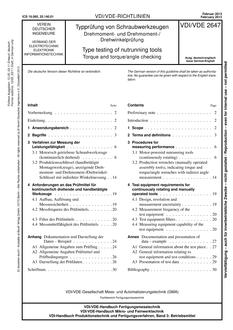-
-
Available Formats
- Availability
- Priced From ( in USD )
-
Available Formats
-
- Secure PDF 🔒
- Immediate download
- $120.00
- Add to Cart
-
- Printed Edition
- Ships in 1-2 business days
- $133.00
- Add to Cart
Customers Who Bought This Also Bought
-

VDI VDI 3975 BLATT 2
Priced From $150.00 -

VDI VDI 3740 BLATT 6
Priced From $53.00 -

VDI VDI 3363
Priced From $53.00 -

VDI VDI/VDE 2647
Priced From $129.00
About This Item
Full Description
This guideline, describing the degree-day method, applies to heated buildings. The term "degree day" is defined, and degree days are given for the representative stations of the 15 TRY (test reference year) regions in Germany as per DIN 4710. This guideline only considers the heating case; the degree days given are, therefore, heating degree days. In this respect, the guideline also provides the basis for the application of VDI 3807 Part 1.
Furthermore, an auxiliary method is introduced for determining the degree days for a specified period of time from a few given points.
The guideline aims at defining the degree days, describing the degree-day method and providing the pertinent data.
The following are examples of the resulting potential applications:
- Monitoring the consumption of a building over an extended period under consideration. In this case, the consumption values, gathered during the respective periods under consideration, are converted to a weather situation characterised in terms of degree days.
- Conversion of heating-energy consumption values at different sites each having its particular weather to a standard weather characterised in terms of degree days
- Breaking down of consumption values into smaller periods (change of tenants)
The degree-day method is an approximation technique taking into account only the effect of the out door air temperature, rather than the manifold influences, on the consumption of heating energy. It can be applied to typical residential and office buildings. Where the boundary conditions differ from this, the method shall be adapted to the different use, or other, more precise methods shall be used.
The significance of the degree-day method will, basically, decrease as thermal insulation and internal loads increase.
Note: Degree days are not suited for the calculation of energy demand values.
A graphical representation of the distribution of the degree days over Germany is given by the map in Annex C.






